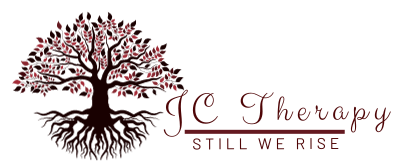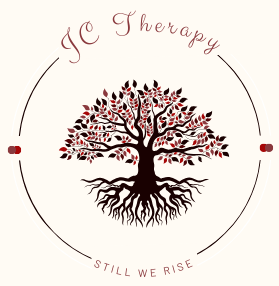Individual / Group Therapy
Individual Therapy
I specialise in working with those exploring identity and experiences of trauma and abuse. I provide a safe space where both past and present experiences can be explored and where helpful strategies to thrive can be learnt.
I work using systemic therapy, narrative therapy, cognitive behavioural therapy and therapeutic life story work.
"My approach to therapy is integrative and after a comprehensive assessment, I will offer an intervention that best supports the client in their journey. "
Making the decision to start therapy is often a difficult one but can ultimately be infinitely beneficial. Feel free to reach out for a free 30 minute consultation if you would like to find out more.
I offer week day and weekend appointments which include evening sessions.
“When you know better, you do better”
Maya Angelou
Group Therapy
The “Tree of Life” is an exercise based on the idea of using the tree as a metaphor to tell
stories about one’s life. Participants are invited to think of a tree, its roots, trunk, branches, leaves, etc, and imagine that each part of the Tree represents something about their life (Ncube, 2006).

For this workshop six weekly one and a half hour sessions are offered. The maximum number of participants for each group is 12. The same people attend each week as it is a closed group.
Workshop participants are invited to draw a tree with attention paid to the following
themes:
Session Breakdown
Part 1: The Tree of Life
All participants will be given a piece of paper and coloured pens and will be invited to draw a tree. The different parts of the tree would represent something about their lives as described above. After completing their drawings, the participants will be asked to pair up and describe their trees to each other. Having offered an opportunity for everyone to tell the story of their tree, participants will be asked to stand up and tell the story of their Tree to the whole group.
Finally, the participants will be given time to reflect on their experience of telling their “Tree of Life” story to another person. The aim of this part will be to build and acknowledge “a second story” about each person’s life; this second story consisted of the skills, abilities, hopes and dreams of each person and their histories
(Ncube, 2006).
PART 2: The Forest of Life
During the second part, participants will be invited to stick their tree on the wall so as to
create a forest of beautiful trees: the “Forest of Life”! Participants will then be asked to
write words of encouragement, support and appreciation on each other’s trees as they hang on the wall. This part will end with all participants going back to their own tree and reading other people’s responses to their stories.
Participants will then be given some time to reflect on their experience of having their
stories of life acknowledged and honoured by others.
PART 3: The Storms of Life
Having created a different place for participants to stand, a place of strength, ability and hope, the participants will then be invite to talk about some of the difficulties and challenges they may be experiencing in life.
Using the tree metaphor again, the participants will be asked the following question: “As beautiful as trees and forests might be, are they free from dangers and hazards?”
The participants will then be invited to think of the hazards of their lives, to acknowledge
how these hazards affect them and how they have been able to respond to them so far. People will be able to brainstorm numerous ways of successfully responding to these challenges, which will be documented for them.
The aim of this is to talk about difficulties in ways that are not re-traumatising. What is
unique about this way of talking about “Storms of Life” is that it is a collective experience that makes it easier for people to talk freely about negative stories by creating a sense of distance between the person’s experience and the problem. Simultaneously, it unpacks people’s knowledge & abilities about how they have already responded and treats people as experts in their own life, not as victims of life. It offers participants a sense of hope.
PART 4: Certificates and Songs
All new learning calls for a celebration! And what better way to end a workshop than by a ceremony, awarding certificates! The facilitator gives out blank copies of certificates and invites each participant to fill it in for the person who described their Tree of Life to them. The certificate will focused on:
- Their skills and abilities
- Their hopes and dreams for the future
- Special people they want to appreciate in life
There is then an ending ceremony where all participants are presented with their
certificates and given an opportunity to feedback on how they have found the group.
All participants will be asked to fill out pre and post feedback forms during the first and last session of the workshop and all of their feedback will be collated into a written report to see whether their objectives set out have been met and some qualitative feedback from their written or verbal feedback responses.

